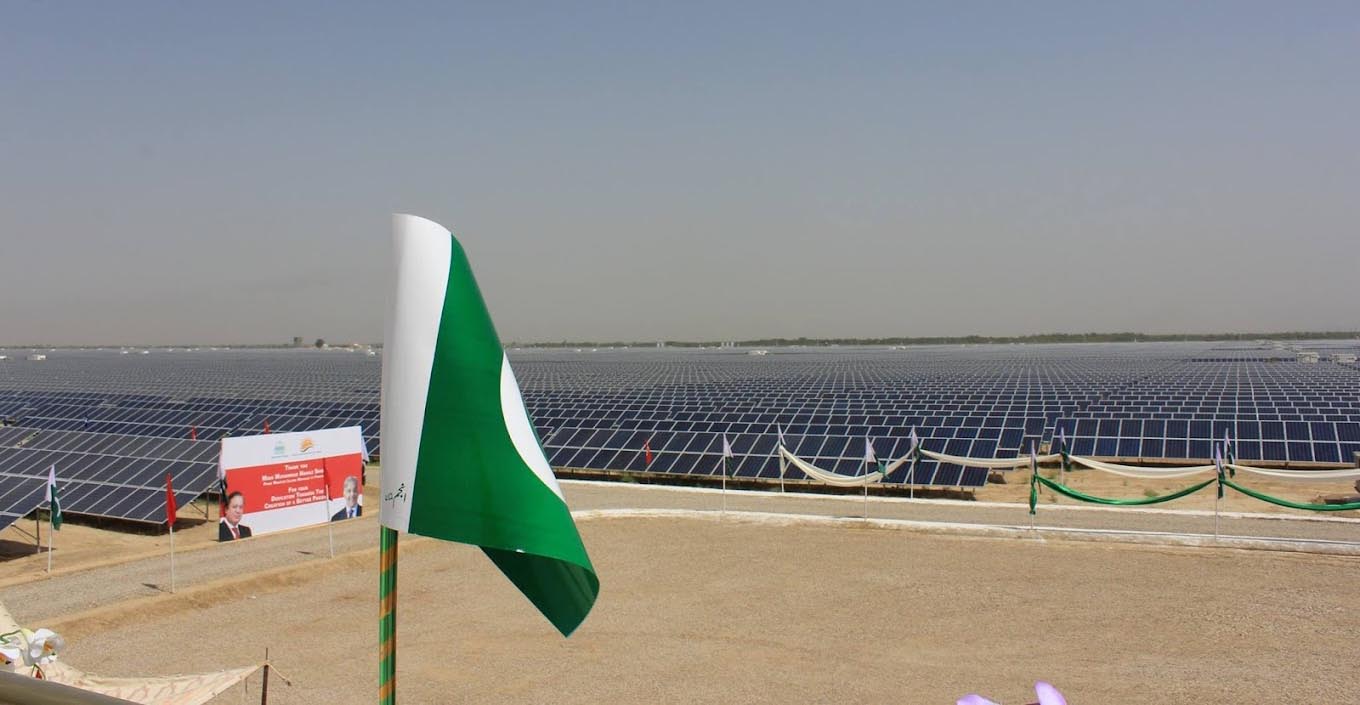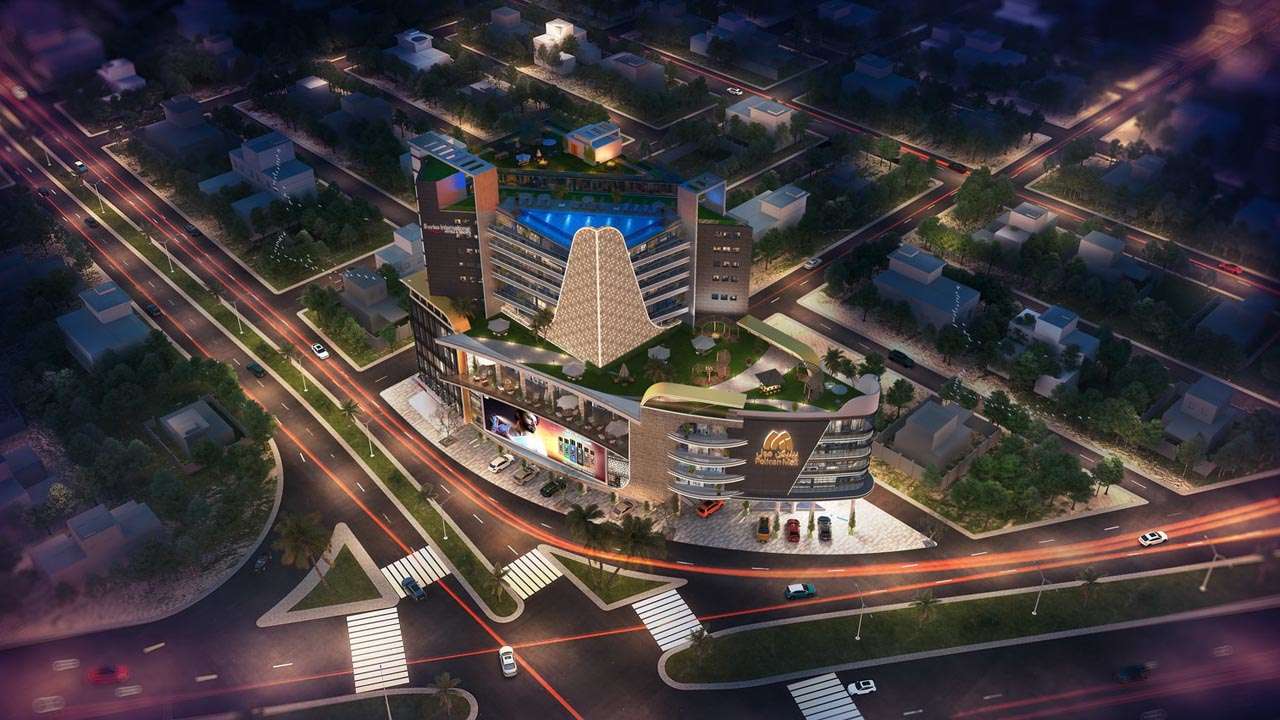Punjab is home to multiple important monuments, landmarks, and buildings. However, it is not far behind in terms of other key estates that drive economic balance. Among all those, there exists a very famous solar park called Quaid-e-Azam Solar Park. Located in the Cholistan Desert of Punjab, Quaid-e-Azam Solar Park stands as the epitome of the government’s thoughtfulness and the nation’s commitment to renewable energy. Moreover, it has been one of the major sources of using solar energy to generate electricity to benefit the people.
Origin of the Park
The discussion of the construction of Quaid-e-Azam Solar Park started in 2010 when Pakistan was going through a severe crisis and shortage of electricity. The Prime Minister at that time came up with the idea of using the sun and its Solar energy as a source of generating electricity for the country and its people to run the system smoothly and ease the lives of beings.
Quaid-e-Azam Solar Park was established back in 2014. The sole purpose of taking this initiative was not just to fulfill the need for electricity but also to either reduce or eradicate the use of immensely expensive fuel and electricity-generating equipment. The park was named after the founding father of Pakistan, Quaid e Azam Muhammad Ali Jinnah.
 Development of Quaid-e-Azam Solar Park
Development of Quaid-e-Azam Solar Park
It started developing in 2014 with an initial capacity of 100MW which was halfway funded by Chinese investments and expertise. The first goal was to generate up to 1,000 megawatts of electricity but over the period Solar Park went through multiple changes and was transformed by the installations of photovoltaic panels, transformers, and inverters. At the moment it is serving as one of the largest actively operational Solar facilities globally.
Challenges and Hardships
To bring such a ginormous project into existence it was essential to create and execute the plan efficiently. The most troublesome areas of concern were financing, infrastructure development, and land acquisition. Therefore, through strategic planning and excellent project management, the idea was fulfilled over time.
Environmental Benefits
It plays a vital role in reducing environmental hazards such as chemicals harming the atmosphere, and green greenhouse gases deteriorating the surroundings as it is the natural and most reliable source of electricity.
Economic Impact
The project has been a source of attracting multiple investors and foreign investments ultimately enhancing the economy of the country. It has also contributed to reducing the country’s reliance on imported fuels, thereby improving energy security and stabilizing electricity prices.
Conclusion
Quaid-e-Azam Solar Park is considered one of the important developments made in 2010. The park stands as an example of evolution and advancements within the region. By introducing such an innovative project Pakistan has not only protected itself from the scarcity of electricity but also saved or at least reduced the chances of climate change due to chemicals, fuels, and heavy machinery used for electricity generation.



